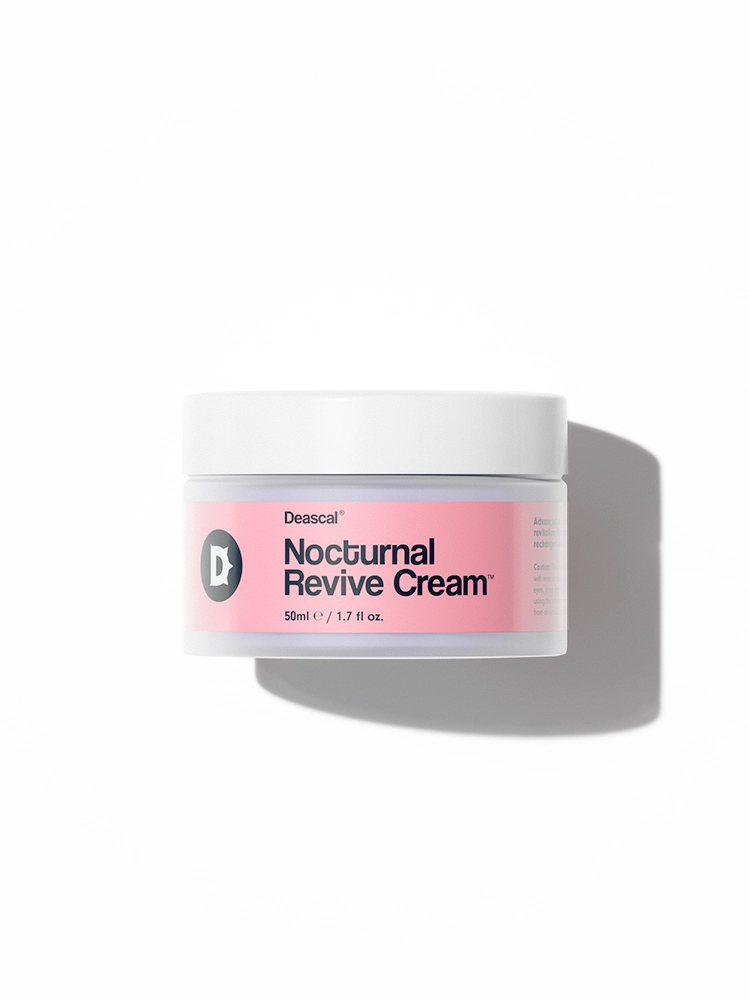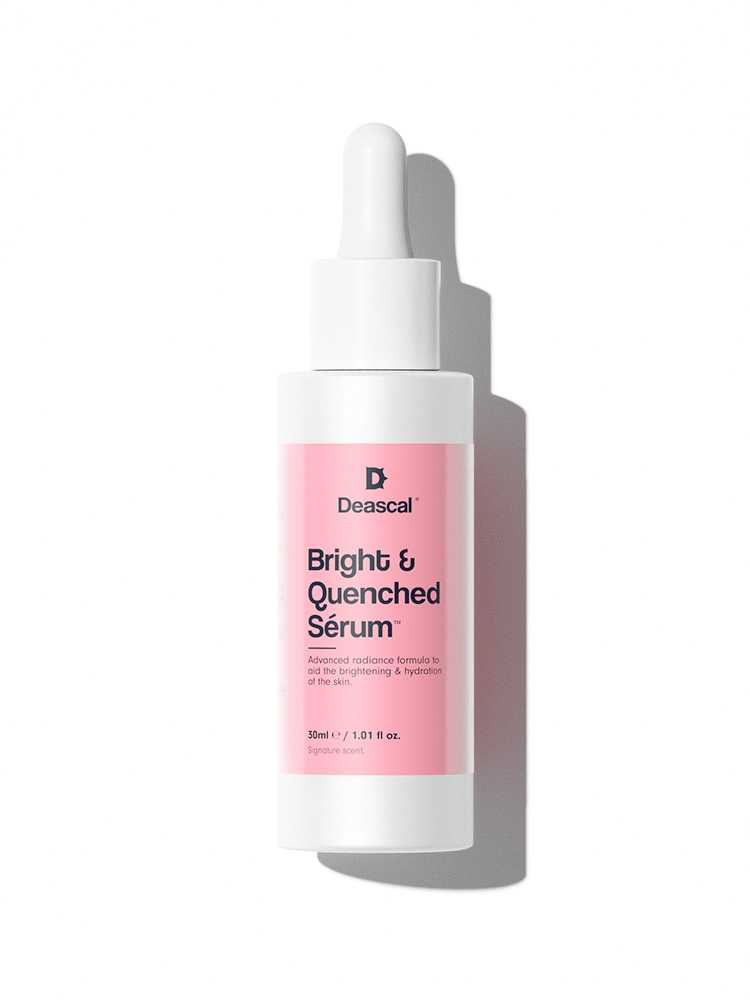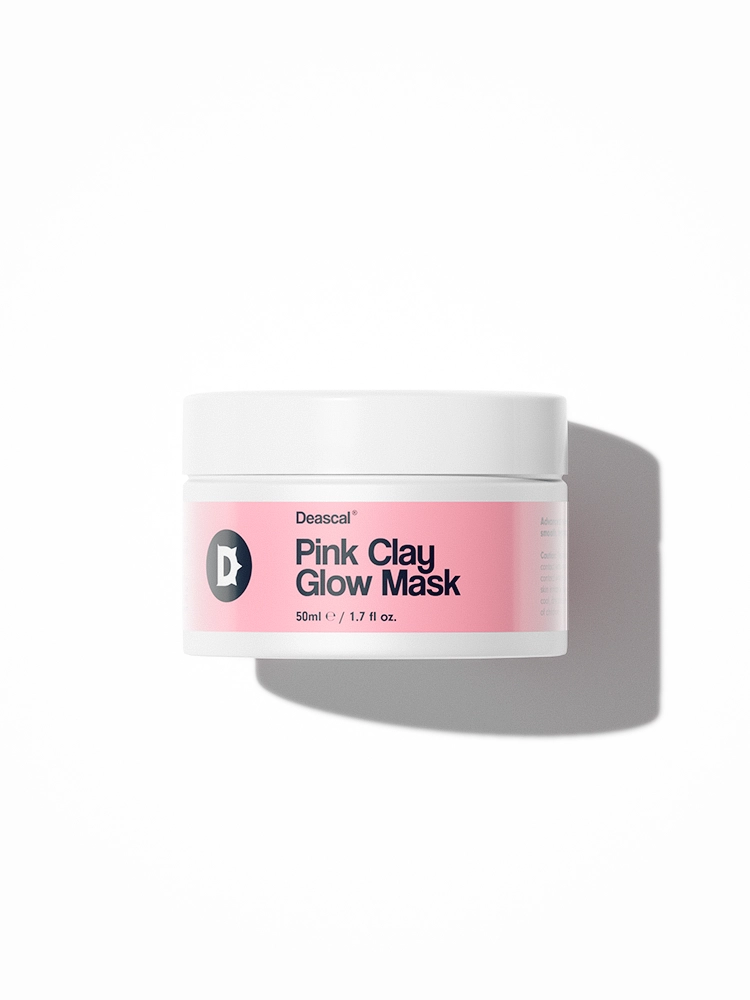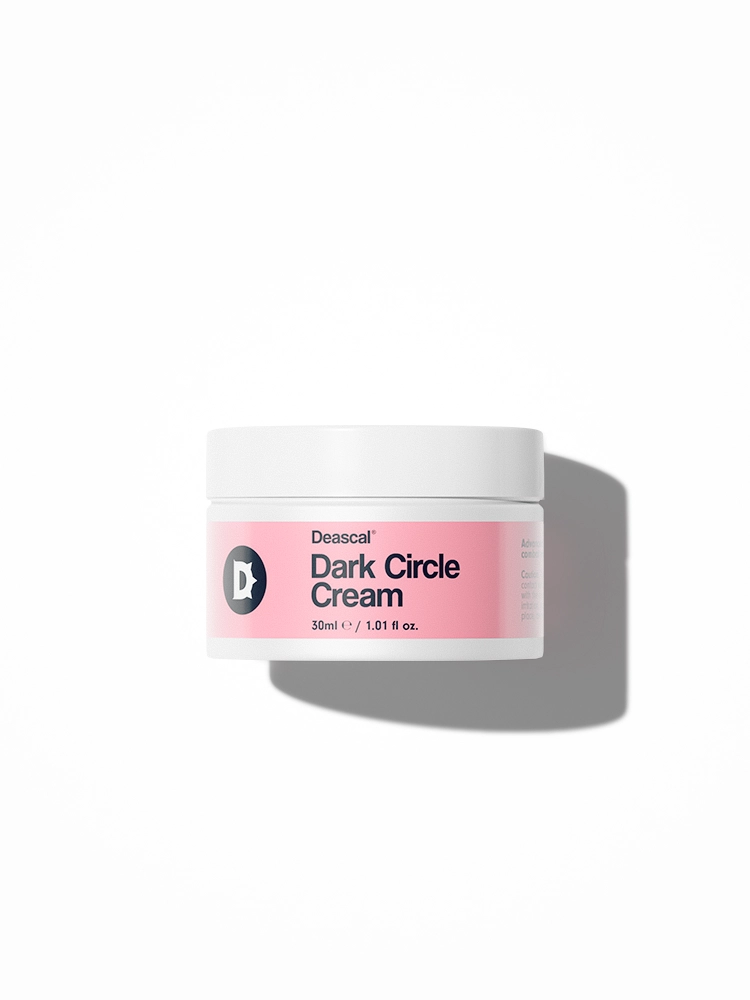What is Hydrolyzed Royal Jelly Extract?
Hydrolyzed Royal Jelly Extract is a specialized derivative of Royal Jelly, a nutrient-rich substance produced by honeybees. This ingredient is created through a process of hydrolysis, which involves breaking down the Royal Jelly using acid, enzymes, or other methods to make its beneficial components more accessible for skin care applications.
The history of Royal Jelly in cosmetics dates back to ancient times when it was prized for its supposed rejuvenating properties. However, it wasn’t until more recent advancements in biochemistry that scientists were able to hydrolyze Royal Jelly, thereby enhancing its efficacy and making it a more versatile ingredient in modern skincare formulations.
The hydrolysis process involves breaking down the complex proteins and other compounds in Royal Jelly into smaller, more manageable molecules. This not only makes it easier for the skin to absorb but also amplifies its skin-conditioning properties. The result is a potent ingredient that can be found in a variety of skincare products, from creams and serums to masks and lotions.
The Benefits/Uses of Hydrolyzed Royal Jelly Extract
In this section, we will delve into the officially recognized cosmetic benefits and uses of Hydrolyzed Royal Jelly Extract:
Skin Conditioning
Hydrolyzed Royal Jelly Extract is primarily known for its skin conditioning properties. This means it helps to maintain the skin in good condition. When applied to the skin, it can help to improve the overall appearance and feel of the skin, making it softer, smoother, and more supple. This is particularly beneficial for those with dry or rough skin, as it can provide much-needed hydration and nourishment.
Note: the listed benefits above are exclusively based on the officially recognized and defined functions of the ingredient, as documented by the International Nomenclature of Cosmetic Ingredients (INCI).
Potential Side Effects & Other Considerations
Hydrolyzed Royal Jelly Extract is generally considered safe for topical use in cosmetics. However, as with any ingredient, it is important to be aware of its potential side effects and suitability for different skin types.
- Allergic reactions: Some individuals may experience allergic reactions, such as redness, itching, or swelling, especially if they are allergic to bee products.
- Skin irritation: In rare cases, Hydrolyzed Royal Jelly Extract may cause skin irritation, particularly in those with sensitive skin.
- Contact dermatitis: Prolonged use or high concentrations of the ingredient may lead to contact dermatitis in susceptible individuals.
Regarding individuals who are pregnant or breastfeeding, data and research on the topical usage of Hydrolyzed Royal Jelly Extract during pregnancy and breastfeeding are lacking. Therefore, it is advisable for these individuals to consult a healthcare professional for further advice before using products containing this ingredient.
Adverse reactions to Hydrolyzed Royal Jelly Extract are relatively uncommon. However, it is always recommended to perform a patch test before widespread usage to ensure that your skin does not react negatively to the ingredient.
In terms of comedogenicity, Hydrolyzed Royal Jelly Extract is rated as a 1 on a scale of 0 to 5, where 0 is totally non-comedogenic and 5 is highly comedogenic. This low rating suggests that it is unlikely to clog pores, making it suitable for individuals prone to acne, blemishes, or breakouts.




